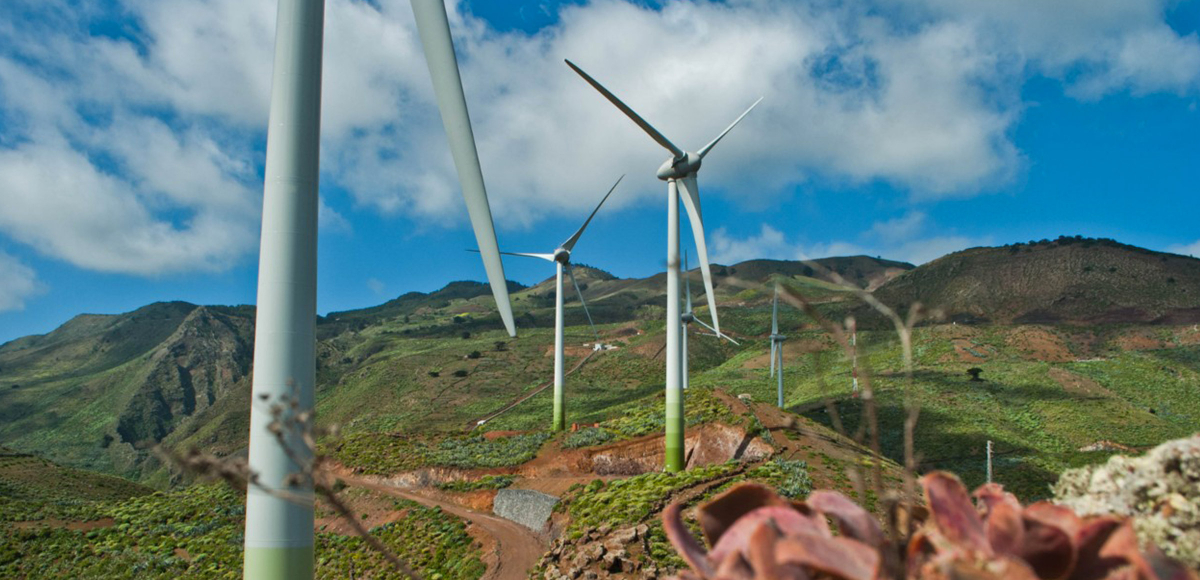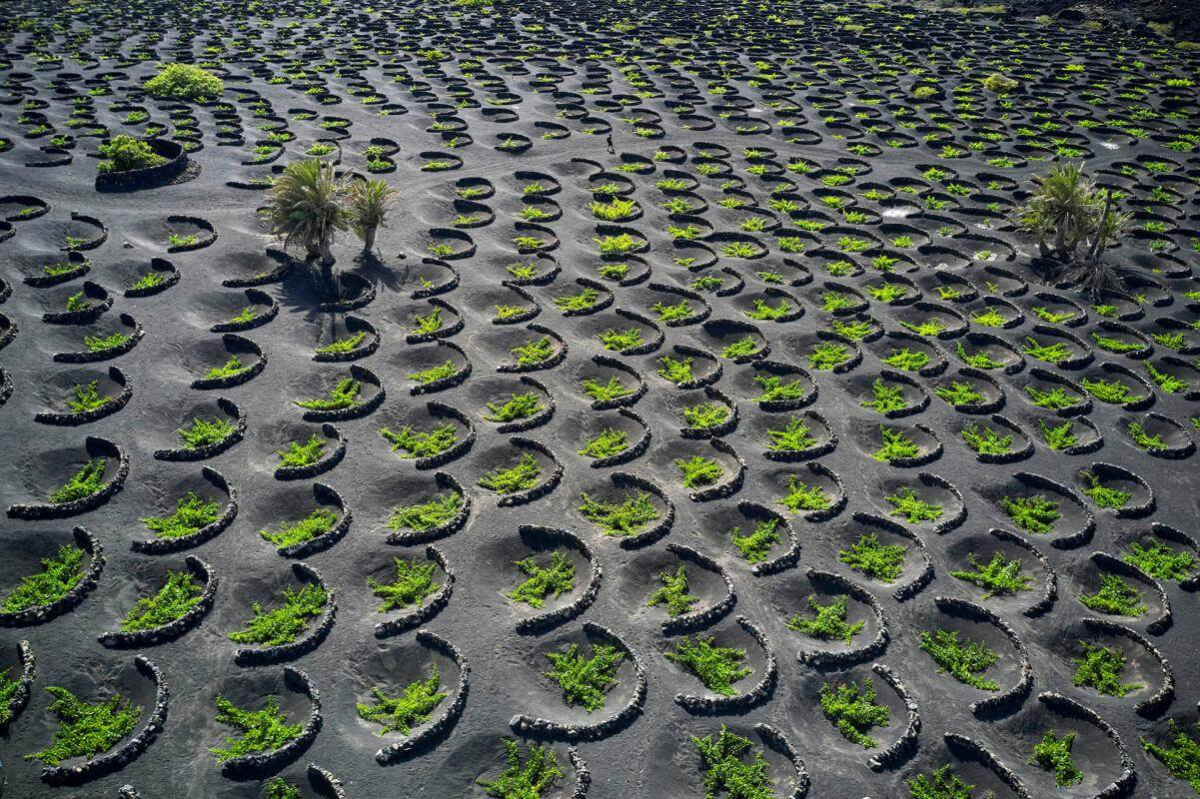The Canary Islands are more than a paradise of beaches and volcanoes — they are also one of Europe’s leading models for sustainable tourism. With fragile ecosystems, unique biodiversity, and vibrant local communities, the archipelago is taking strong steps to balance tourism growth with environmental protection. This guide explores how travelers can experience the Canaries responsibly while helping to preserve their natural beauty for generations to come.

Why Sustainability Matters in the Canary Islands
Located off the coast of Africa, the Canaries are home to more than 4,000 endemic species and delicate volcanic ecosystems found nowhere else on Earth. However, tourism brings both benefits and pressures — from water usage and energy demands to waste management and coastal erosion. To maintain the balance, the islands have embraced sustainability as a guiding principle for tourism development.
- 90% of energy in El Hierro comes from renewable sources.
- Several islands have declared “Biosphere Reserve” status under UNESCO.
- Protected natural areas cover nearly 40% of the total territory.
Green Energy and Renewable Islands
The Canaries are pioneers in renewable energy within Europe. The island of El Hierro became the world’s first territory powered entirely by wind and hydro energy, while Tenerife and Gran Canaria are rapidly expanding their solar and geothermal projects. These innovations not only reduce carbon footprints but also inspire other island nations worldwide.

Protected Nature Reserves
Over half of the Canaries’ land area is protected, from volcanic parks to lush forests. Exploring these areas comes with responsibility — visitors are encouraged to follow marked trails, avoid littering, and respect wildlife habitats.
- Teide National Park (Tenerife): A UNESCO site with limited summit permits to protect fragile alpine ecosystems.
- Timanfaya National Park (Lanzarote): Strictly controlled access ensures minimal human impact on volcanic formations.
- Garajonay National Park (La Gomera): A misty laurel forest representing a living relic of prehistoric Europe.
- Caldera de Taburiente (La Palma): Offers eco-hiking and reforestation initiatives.
Eco-Friendly Accommodation
The Canary Islands offer a growing selection of eco-hotels, rural cottages, and sustainable resorts that minimize waste and energy use. Many participate in certification programs like Biosphere Responsible Tourism or EU Ecolabel. Some properties produce their own solar power or use rainwater collection systems to operate sustainably.

Responsible Travel Practices
Travelers play a crucial role in preserving the environment. By making mindful choices, you directly support sustainability and community well-being.
- Choose reusable bottles, bags, and eco-friendly sunscreens to protect marine life.
- Support local markets, artisans, and restaurants instead of large international chains.
- Reduce car emissions by using public transport, cycling, or shared rides.
- Stay on official trails — especially in volcanic or coastal zones.
- Participate in clean-up activities or eco-tours offered by local organizations.
Community & Cultural Sustainability
Beyond environmental protection, sustainable tourism also values local traditions, crafts, and ways of life. In small towns like Teror (Gran Canaria) or Teguise (Lanzarote), you can witness centuries-old markets and architecture preserved with pride. Learning about Guanche history — the indigenous people of the Canaries — deepens your understanding of the islands’ identity.
Food & Local Products
Enjoying local flavors is part of traveling sustainably. The islands produce excellent wines, cheeses, and tropical fruits. Buying local helps reduce carbon emissions from imports and supports family-owned farms.
- Try: Papas arrugadas, fresh fish, gofio, and volcanic wines from La Geria.
- Avoid: Imported souvenirs or mass-produced beach goods.

Marine Conservation & Wildlife
The Canary Islands’ ocean is home to dolphins, whales, sea turtles, and countless marine species. Eco-tour operators follow strict guidelines to ensure safe and non-invasive wildlife observation. Avoid feeding, touching, or chasing marine animals during tours, and choose certified “Blue Boat” companies for whale watching.
Eco-Friendly Transportation
The islands are investing in electric vehicle infrastructure and low-emission public transport. You can rent electric cars in Tenerife, Lanzarote, and Gran Canaria, or use inter-island ferries that increasingly operate on cleaner fuels. Cycling routes and walking trails are expanding under the “Canary Islands Sustainable Mobility Plan.”
Volcano Tourism – With Respect
Volcanic landscapes like Cumbre Vieja (La Palma) and Timanfaya (Lanzarote) remind travelers of the islands’ dynamic nature. Authorities monitor these zones closely to ensure safe and responsible visits. Always follow park rules and avoid removing volcanic rocks or sand — it’s illegal and disrupts the ecosystem.
How You Can Contribute
- Book eco-certified hotels and tours.
- Limit single-use plastics and recycle whenever possible.
- Respect wildlife habitats and avoid flash photography near animals.
- Use water and energy responsibly — especially in drier islands like Fuerteventura.
- Share your sustainable travel experiences to inspire others.
Where to Go Next
By traveling consciously and supporting sustainable practices, every visitor becomes part of the solution. The Canary Islands prove that tourism and conservation can coexist beautifully — protecting paradise while enjoying it.
